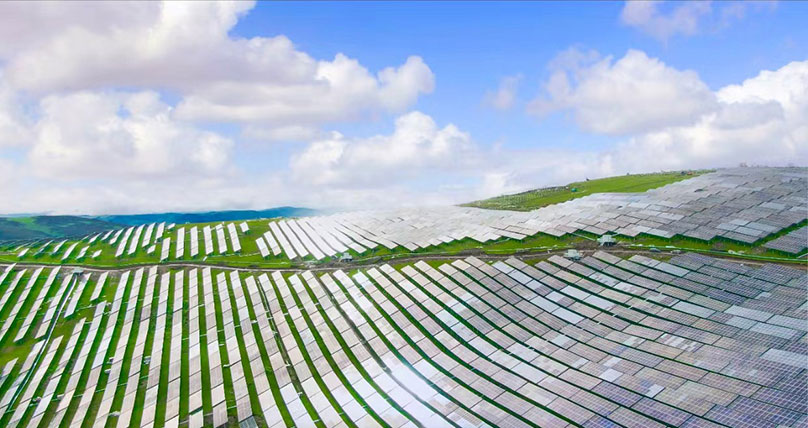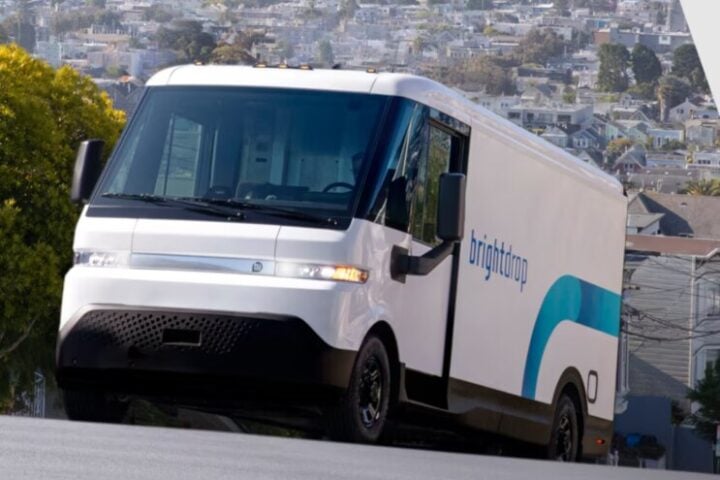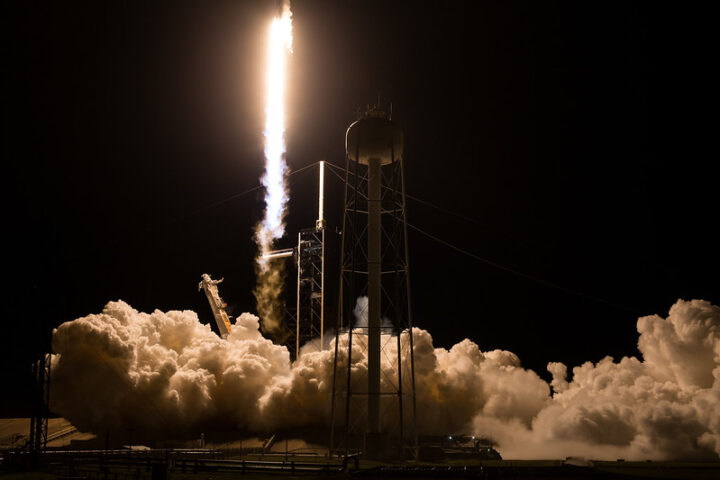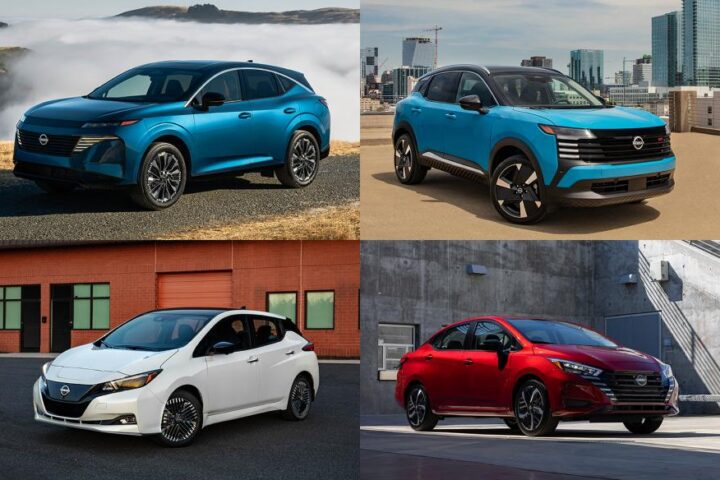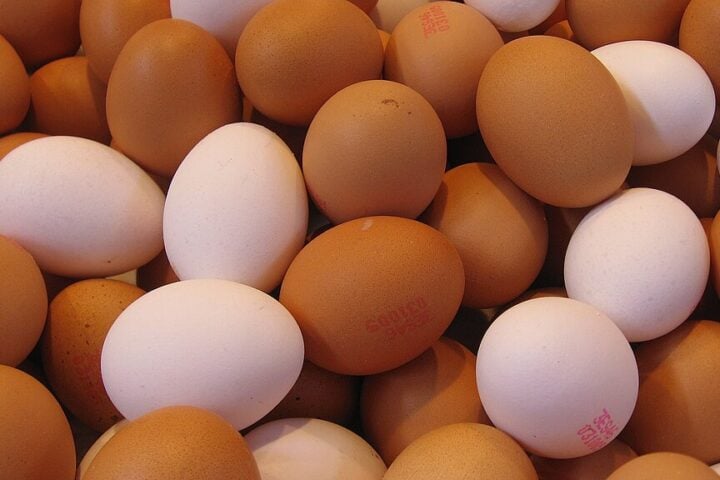In Qinghai Province, China, the Yalong River winds its way from the Bayan Har Mountains, meeting the Jinsha River in Sichuan. Amidst this natural beauty, blue PV panels capture sunlight at 4600 meters, while the Yalong River’s power is harnessed nearby. This is where solar meets hydro, creating a sustainable energy future and considered to be the world’s largest world’s largest hydro-solar hybrid power plant.
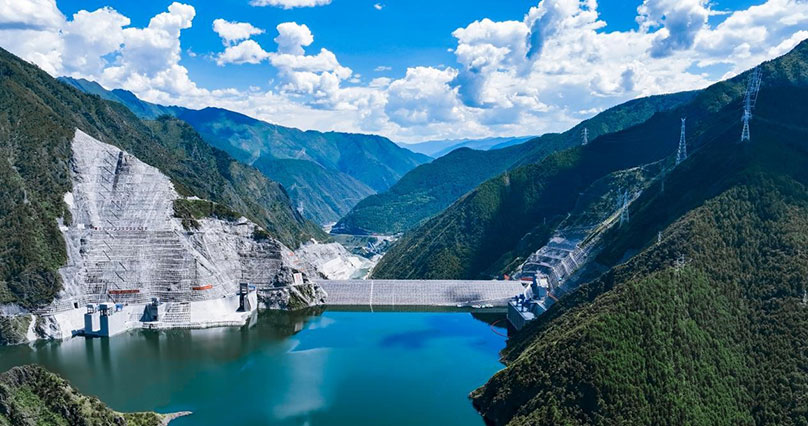
The vast expanse of PV panels, colloquially termed the “PV sea,” is a segment of the groundbreaking Kela PV Plant Phase 1. This facility is a triple threat: it’s unparalleled in size, perched at the highest altitude, and stands as the pioneering GW hydro-solar hybrid power plant. With a staggering installed capacity of 1 GW, it sprawls over 16 km^2.
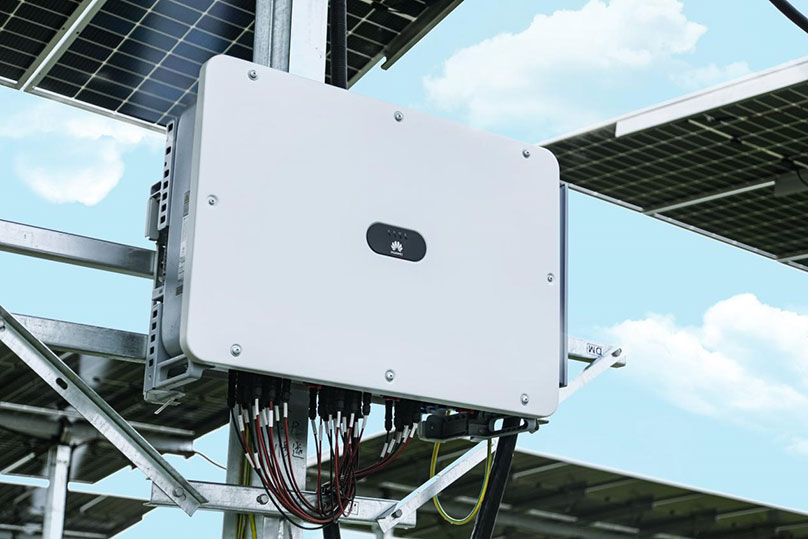
Not too far, the architectural marvel, the Lianghekou Dam, stretches 295 meters tall on the Yalong River. This dam isn’t merely a structural feat; it’s a dual-purpose powerhouse, dedicated to hydropower generation and flood mitigation. Its impressive specs include an installed capacity of 3 million kW and a water storage prowess of 10.8 billion m^3. This dam is a linchpin in the renewable energy matrix of the basin. The synergy is evident as the Kela PV Plant and the Lianghekou Hydropower Plant are interlinked through 500 kV power transmission lines, exemplifying hydro-solar energy collaboration.
Similar Posts
The Kela PV Plant’s locale poses unique challenges. The region’s cold climate, significant altitude, and diurnal temperature swings are formidable. With winter temperatures nosediving to a frigid –30.6°C and frequent gale force winds, traditional PV plant O&M models would be hard-pressed to function. Enter Huawei FusionSolar’s trailblazing digital and intelligent solution. This innovation birthed an integrated O&M platform, redefining standards for high-altitude hydro-solar hybrid smart PV plants.
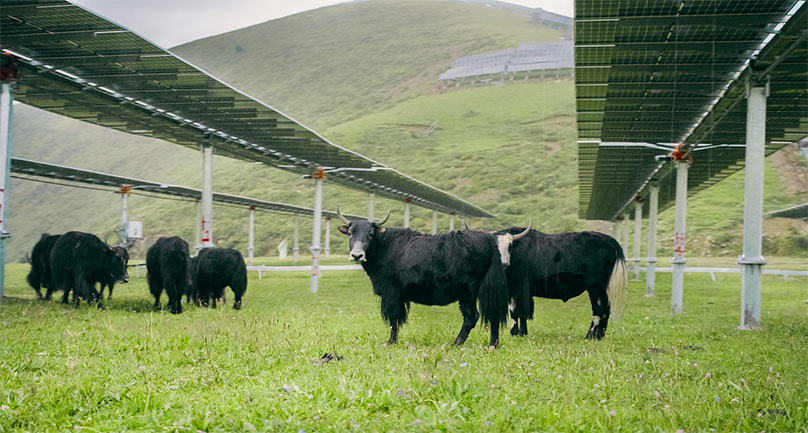
By June, Kela was operational, aiming for an annual 2 billion kWh yield, enough for 1 million homes. Its connection to Lianghekou boosts summer power supply, enhancing the Yalong River Basin’s clean energy output.
September 2023 saw Yalong Hydro and Huawei Digital Power unite, aiming to make the Yalong River Basin a hub for renewable innovation. Their focus? Clean energy, safety, conservation, and advanced storage solutions.

Kela’s design respects local pastoral life. Yaks graze freely, and the plant has boosted local jobs. With initiatives like “PV + green industry,” it’s set to drive growth in agriculture, tourism, and more.
Huawei FusionSolar and Yalong Hydro are pioneering a green energy revolution in China. Their combined efforts promise an annual 300 billion kWh yield, lighting up 100 million homes. This collaboration is a positive news in our renewable journey, hopefully helping us champion a brighter, sustainable tomorrow.
